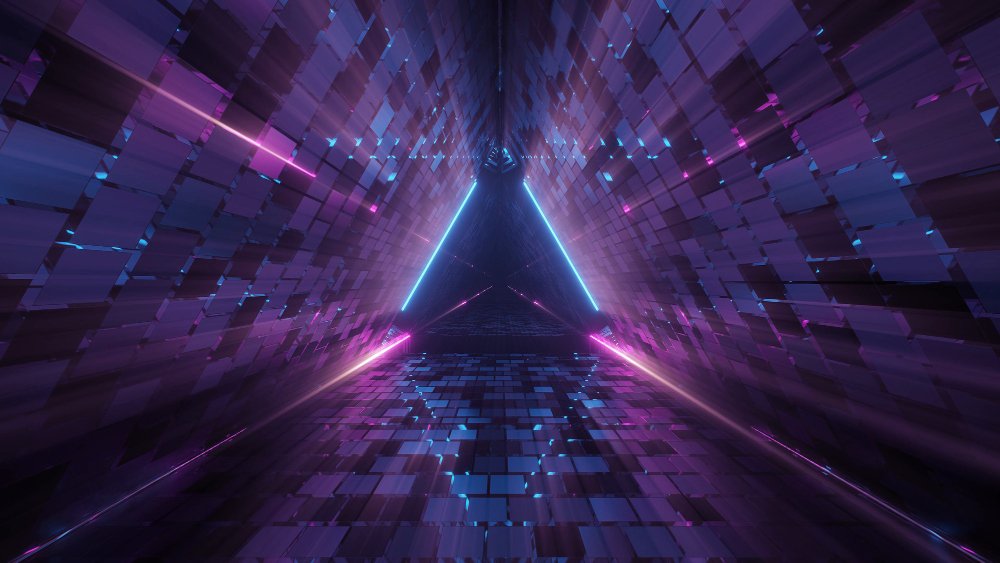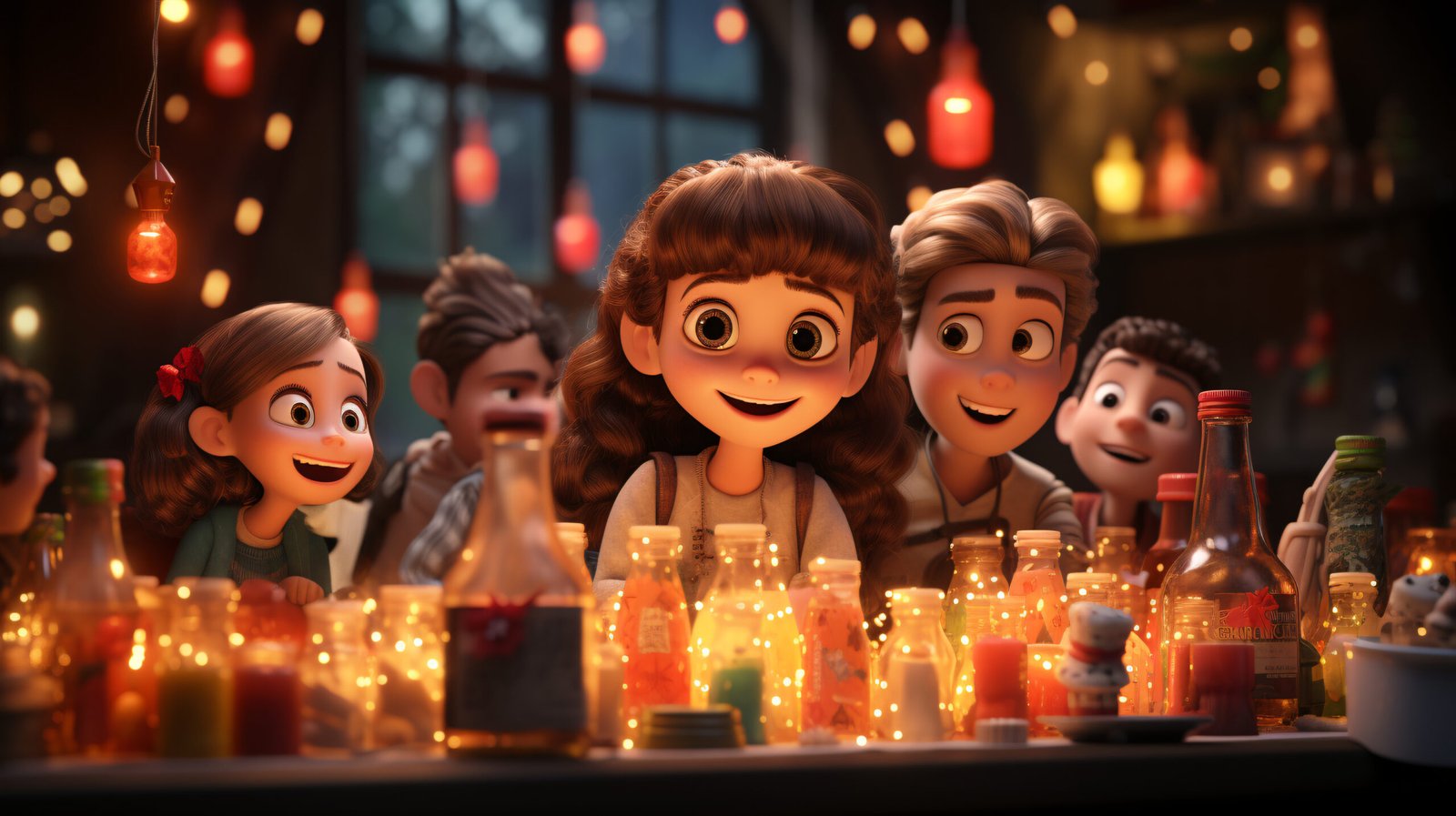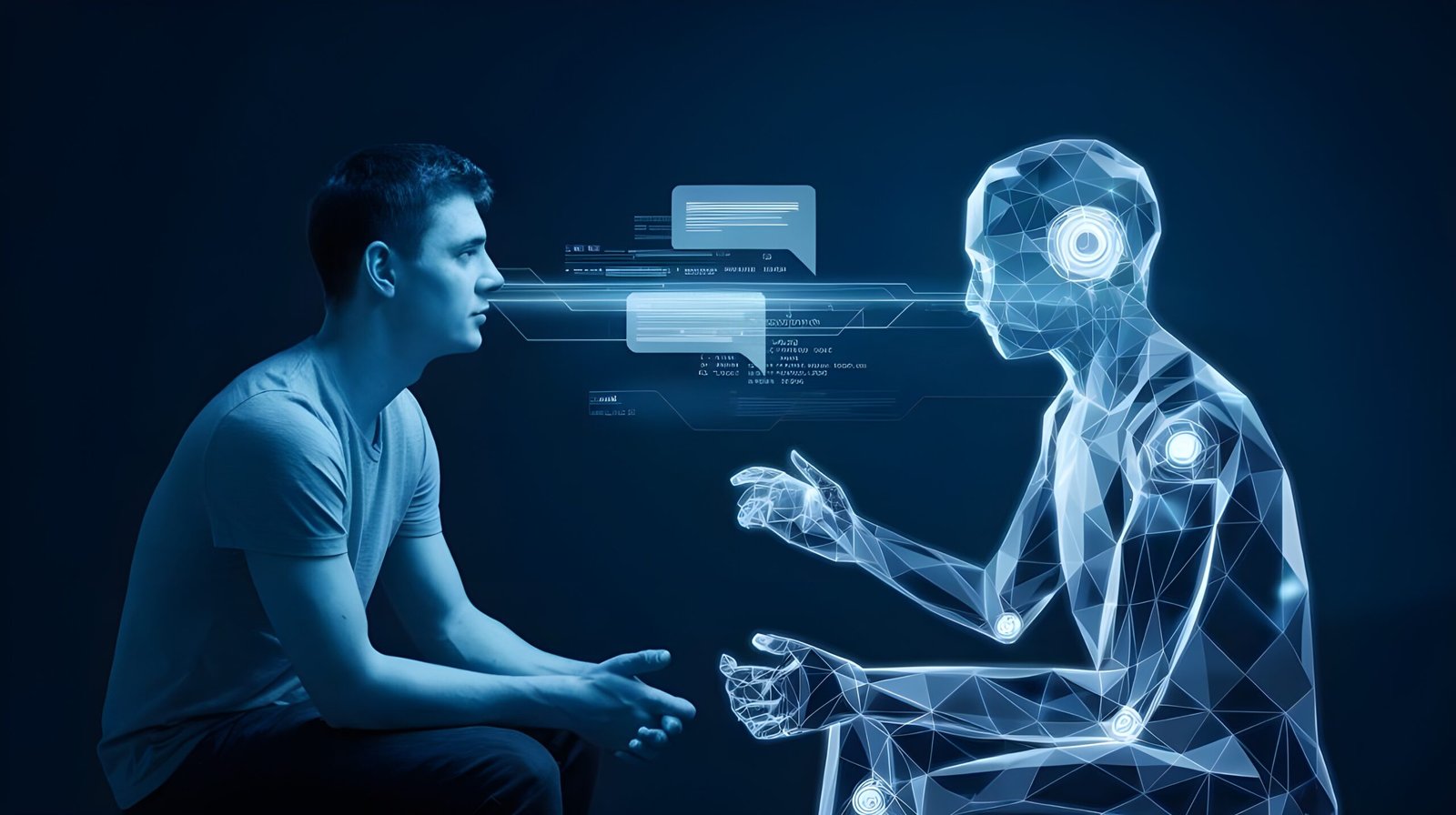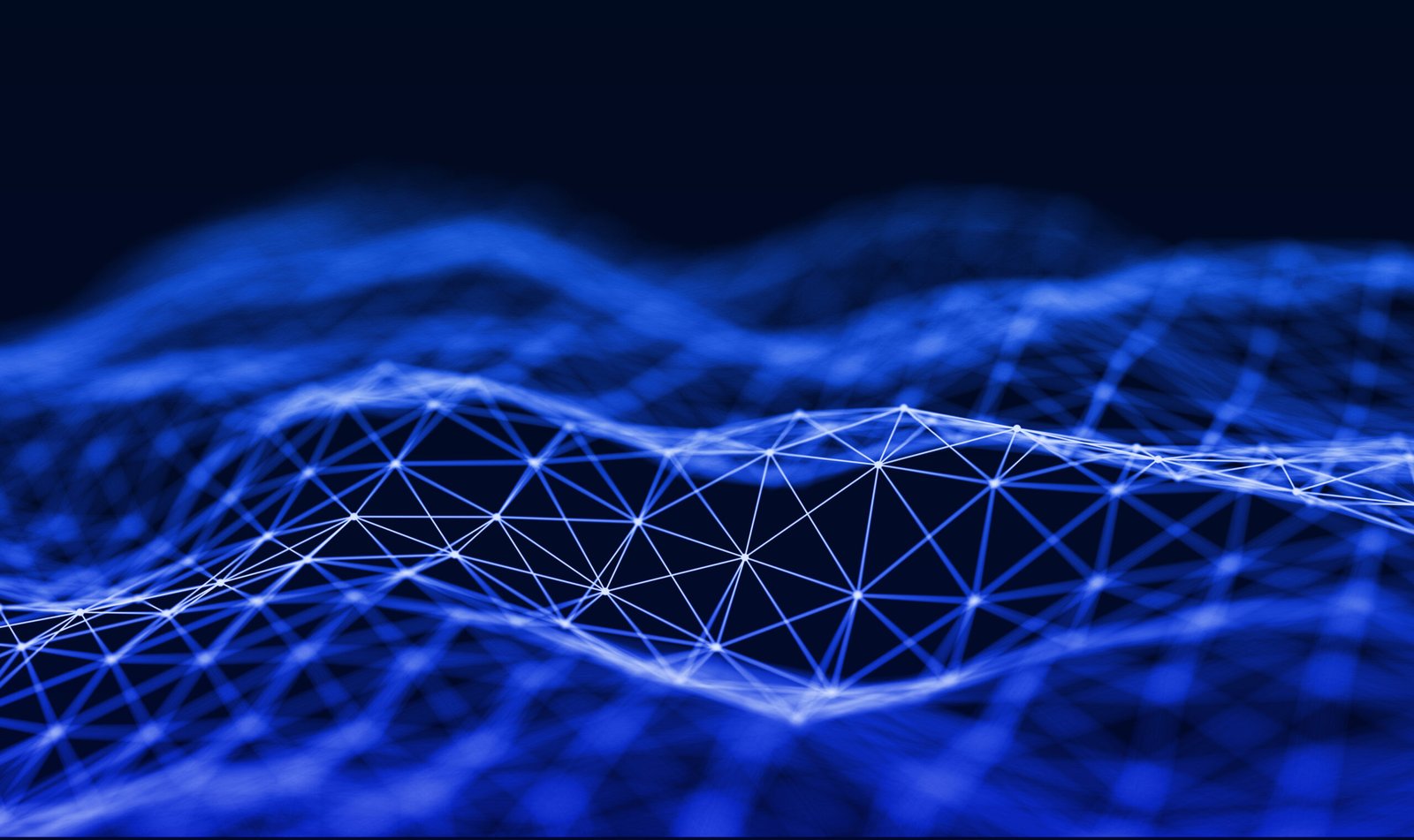In today’s digital era, 3D animation and virtual reality (VR) tours have revolutionized the way we perceive and interact with visual content. From entertainment and marketing to education and architecture, these technologies offer immersive experiences that captivate audiences and enhance engagement. This article delves into the intricate process of creating 3D animation and VR tours, the tools and expertise involved, the different stages of production, why it is time-consuming, and the diverse benefits it brings to various industries.
The Process of 3D Animation and Virtual Reality Tours:
- Conceptualization and Planning:
- The process begins with conceptualizing the project and outlining the goals, objectives, and target audience.
- Key decisions are made regarding the storyline, characters, environments, and visual style.
- Collaboration between artists, designers, and stakeholders is crucial to ensure a cohesive vision for the project.
- Pre-Production:
- During the pre-production phase, detailed planning and preparation take place.
- Scriptwriting, storyboarding, and concept art are created to visualize the narrative and aesthetics of the project.
- Technical considerations, such as software and hardware requirements, are evaluated, and the production pipeline is established.
- Modeling and Texturing:
- The modeling stage involves creating 3D models of characters, objects, and environments using specialized software like Autodesk Maya or Blender.
- Texturing adds surface detail and texture to the models, enhancing their realism and visual appeal.
- Skilled artists use techniques like UV mapping and texture painting to achieve lifelike textures and materials.
- Rigging and Animation:
- Rigging involves adding a digital skeleton (rig) to the 3D models, allowing them to move and be animated.
- Animators bring the characters and objects to life by creating movement, expressions, and actions.
- Keyframe animation, motion capture, and procedural animation techniques may be used to achieve desired results.
- Lighting and Rendering:
- Lighting plays a crucial role in setting the mood, atmosphere, and tone of the scene.
- Artists meticulously design and adjust lighting setups to achieve the desired look and feel.
- Rendering involves generating the final images or frames from the 3D scene, taking into account lighting, materials, and camera angles.
- Post-Production:
- Post-production encompasses various tasks, including editing, compositing, and special effects.
- Sound design, music composition, and voiceover recording are added to enhance the audiovisual experience.
- Final touches are applied to refine the visuals and ensure seamless integration of all elements.
Why It Is Time-Consuming:
The process of creating 3D animation and VR tours is inherently time-consuming due to several factors:
- Complexity: The intricate nature of 3D animation requires meticulous attention to detail and precision in every aspect of production.
- Iterative Process: The iterative nature of production often involves multiple rounds of feedback, revisions, and adjustments to achieve the desired results.
- Rendering: Rendering high-quality images and animations can be computationally intensive and time-consuming, especially for complex scenes with advanced lighting and effects.
- Collaboration: Effective collaboration among team members, including artists, animators, designers, and programmers, requires coordination and communication, which can take time to facilitate.
Benefits Across Industries:
- Entertainment: 3D animation and VR tours offer immersive storytelling experiences in film, television, and video games, allowing audiences to engage with characters and worlds like never before.
- Marketing and Advertising: Brands leverage 3D animation and VR tours to create captivating promotional content that grabs attention, communicates brand messages effectively, and drives engagement and conversions.
- Education and Training: In the education sector, 3D animation and VR tours enhance learning experiences by providing interactive and immersive educational content across various subjects and disciplines.
- Architecture and Real Estate: Architects and real estate developers use 3D animation and VR tours to showcase architectural designs, visualize construction projects, and provide virtual tours of properties, offering clients a realistic preview of their future spaces.
- Healthcare and Medicine: In healthcare, 3D animation and VR tours are used for medical training, patient education, and surgical planning, allowing healthcare professionals and patients to visualize complex anatomical structures and medical procedures.
In Studio Image Works, the process of creating 3D animation and VR tours involves a comprehensive workflow encompassing conceptualization, pre-production, production, and post-production stages. While it is time-consuming, the benefits of these technologies are vast and far-reaching, spanning across industries such as entertainment, marketing, education, architecture, healthcare, and beyond. As technology continues to evolve, 3D animation and VR tours will continue to push the boundaries of creativity, storytelling, and immersive experiences, shaping the future of visual communication and interaction for our clients.





